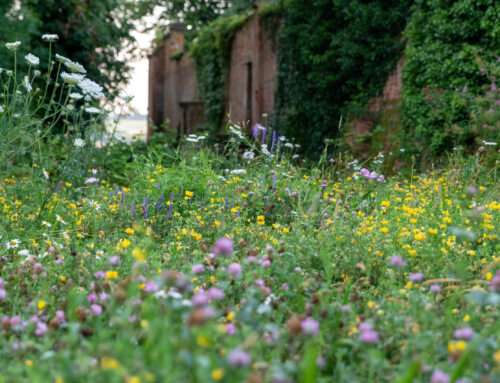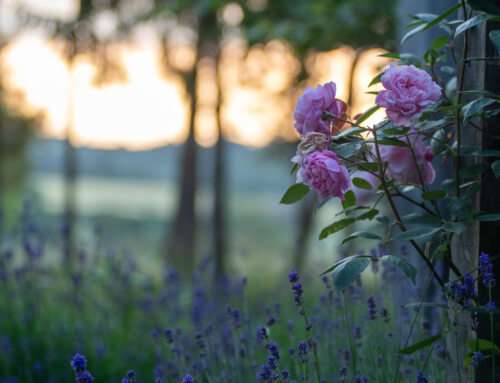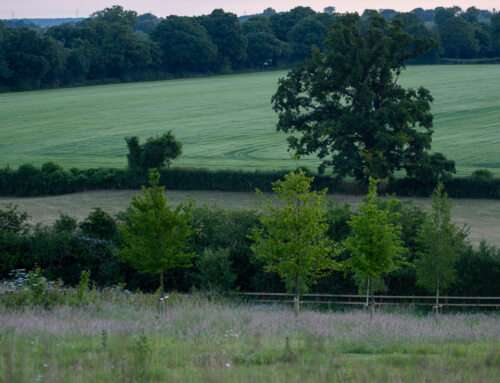Dealing with Plant Diseases
By Libby Reeves & Maria Laskey
Many hours are spent in our gardens caring for our trees and flowers, and sometimes despite all our best efforts, things can go wrong. And oh…can they go wrong! Disease may not always be the first thing we think of when we see a poorly plant, and indeed there are a myriad of reasons our plant children may look and feel worse for wear.
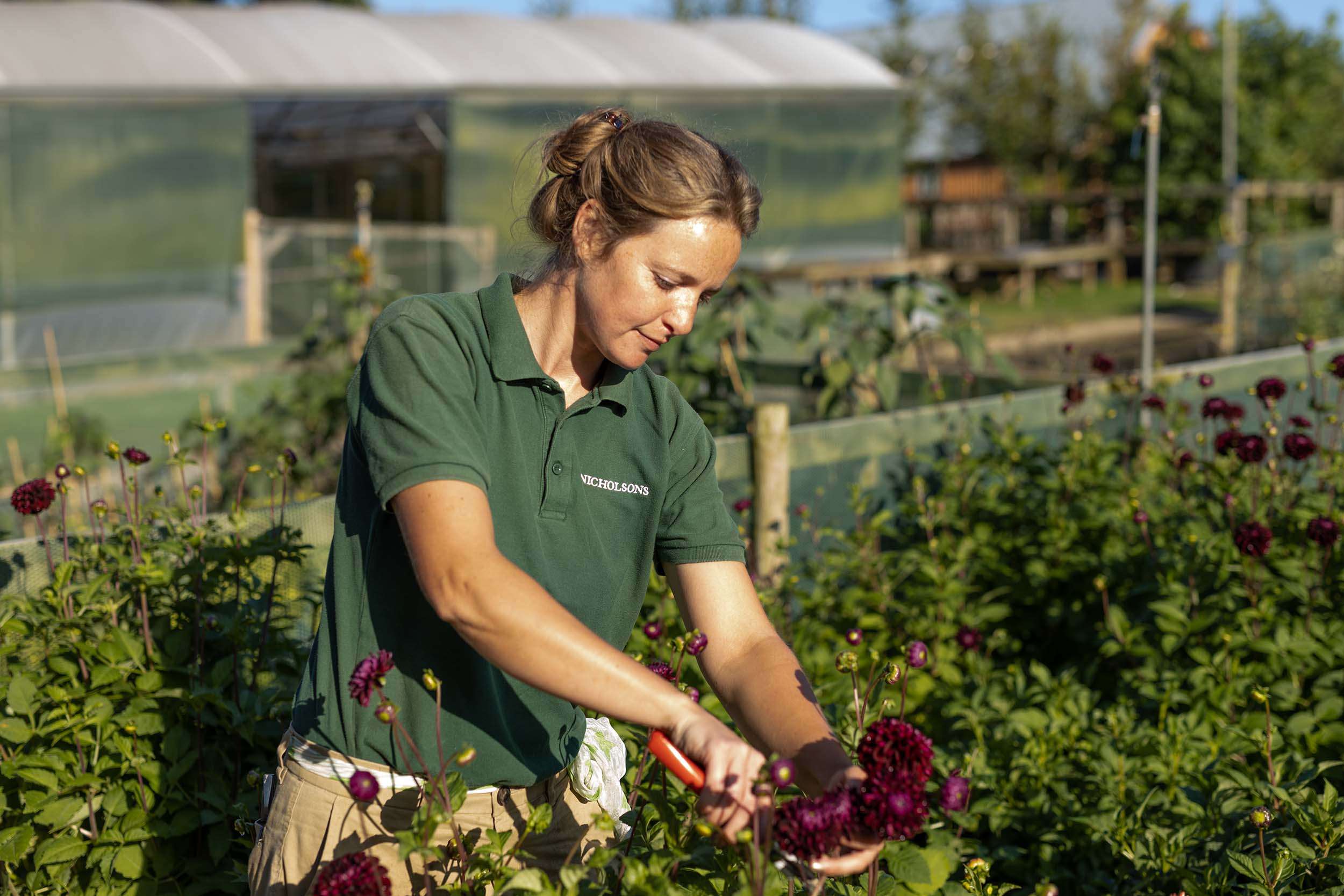
Throughout this blog we will look at the variety of problems you may come across in your gardens and the methods we can use to combat them. And just like detectives, we use clues given to us by the plant, and the pest, disease or disorder to determine which course of action to take.
Diseases are split into several categories but the troublemakers we most commonly see are bacterial and fungal types such as bacterial canker, a disease common to cherry trees and black spot, a fungal disease common to roses (and many other plants). Surprisingly, some diseases don’t actually cause too many problems for the plant. However, some are deadly, like the delicious sounding, but dreaded, honey fungus.
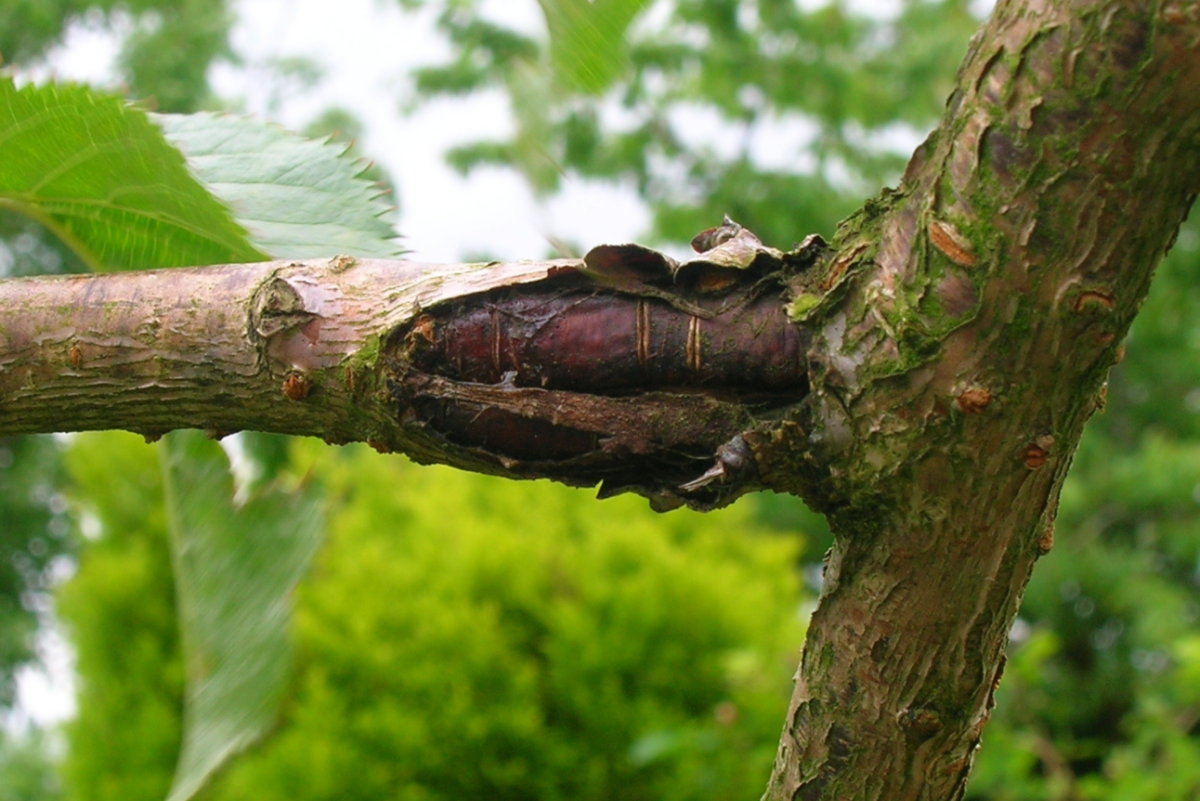
Bacterial Canker
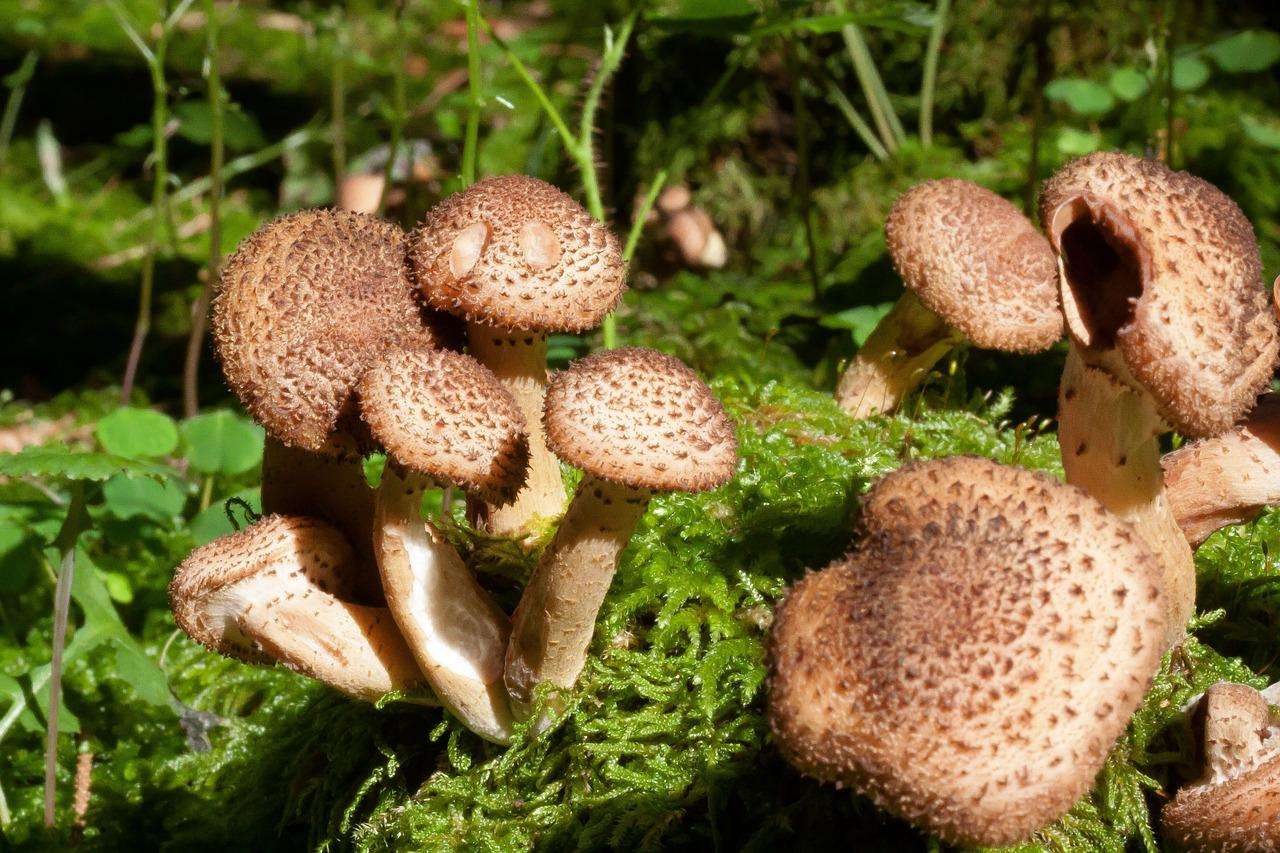
Honey Fungus
Prevention basics
Although it can be tempting to grab the nearest bottle of chemicals and, not unlike a scene from a western, point your weapon and warn that botanical punk that its days are numbered; it is rare that any chemicals will have any significant effect on most diseases. Your real weapon is yourself. Just like a great detective, keep an eye out for suspicious activity, maintain the mean streets of the garden and around your greenhouse by ridding the community of plants in the wrong place that can harbor diseases. Using good gardening practices are a far better way to keep your plants strong and healthy.
When planning your garden, it is well worth trying to match the right plant to your garden situation. It sounds obvious. But the subtle yet significant choices you make when selecting the plants for your garden, including picking a black spot resistant rose, or canker resistant apple variety over another plant that is not resistant, will help to ensure these problems are limited.
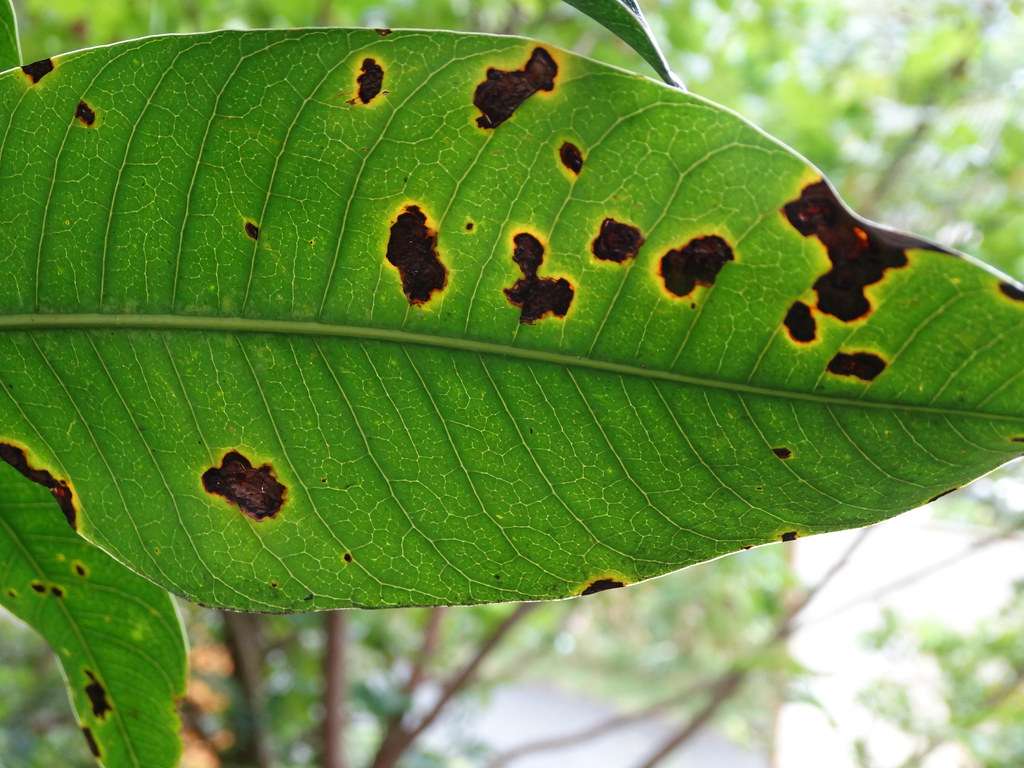
Black spot
Some other thoughts that might be helpful when planning your garden includes considering how much sunlight a plant will receive and testing your soil type – which is much simpler to find out than you might think. No science degree nor pipettes required! These practices will help determine so much about the type of plants your garden will happily cater for and will give you more information on how to manage your garden; how much and what type of nutrients or aggregates to put into the soil, how often you will need to water depending on the amount of sunlight your plant will receive. All this work builds up our armour to ensure your plants are as healthy as possible to prevent disease developing.
Moisture
Another way we can fight the good fight against diseases is ensuring you are giving your plants the right amount of water. Did you know that fungal problems can be caused by inconsistent watering, especially if a plant gets too wet? This is important folks, for your outdoor kids and your indoor babies too. Using a moisture meter – available from many reputable shops – will give you a good gauge of what is going on beneath the soil. Again, no rocket scientists need apply. You will get an easy reading. Most have an arrow to let you know if the soil is ‘Dry’, ‘Moist’, or ‘Wet’.
Sanitation
Air flow is also really important. Grab some clean, sharp secateurs and prune your shrubs or trees to retain an open structure. You can bring wall trained plants a few inches away from the wall to allow air to get behind. Often, this can make quite a bit of difference to your plant’s overall vigour and fabulousness.
Finally, lots of fungal leaf problems can overwinter on the ground and get splashed back onto the tree in early spring. Clearing up the leaves when they drop is something you can do little and often so as not create a massive chore for yourself later.
Some bacterial diseases can enter plants through pruning cuts, sneaky devils that they are, so it is important to prune your trees at the right time. Hawthorns and Cotoneasters are highly susceptible to fire blight and will need pruning in winter when the bacteria are not around.
Bacterial canker is absorbed into the pruning cuts on cherries, plums and gages. These need to be pruned when the sap is up, usually in high summer.
Nutrition
Nutritional deficiencies are common, particularly when soil pH and texture (meaning the proportions of sand, loam, or clay) has not been taken into consideration. Watering issues and a pH either too high or too low will prevent plants absorbing the nutrients they require for survival. Plants in pots often suffer most from lack of nutrients, as they cannot absorb any from the open ground. Ensuring that these plants are fed well in the growing season and re-potted into fresh compost regularly are important to promote good health.
So, as you can see, there are many ways we can tackle diseases and disorders in the garden, with “no chemicals required!”.
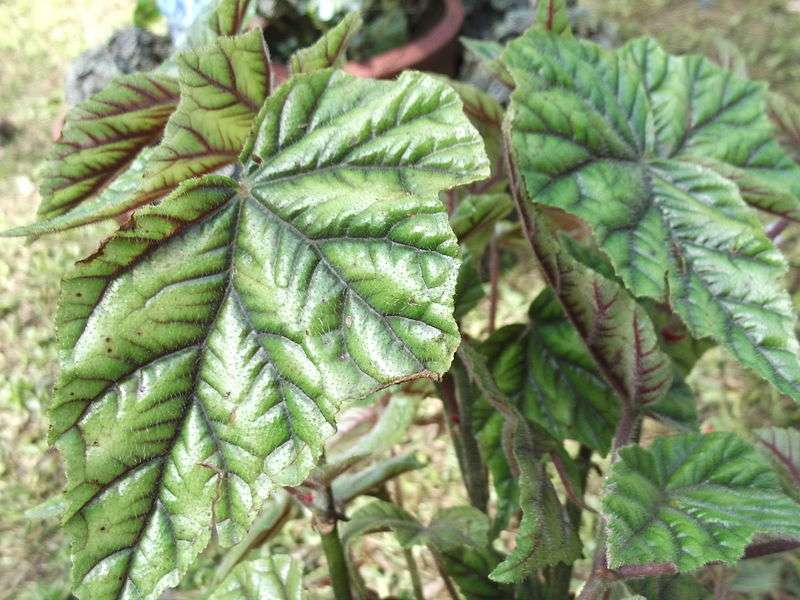
Magnesium deficiency
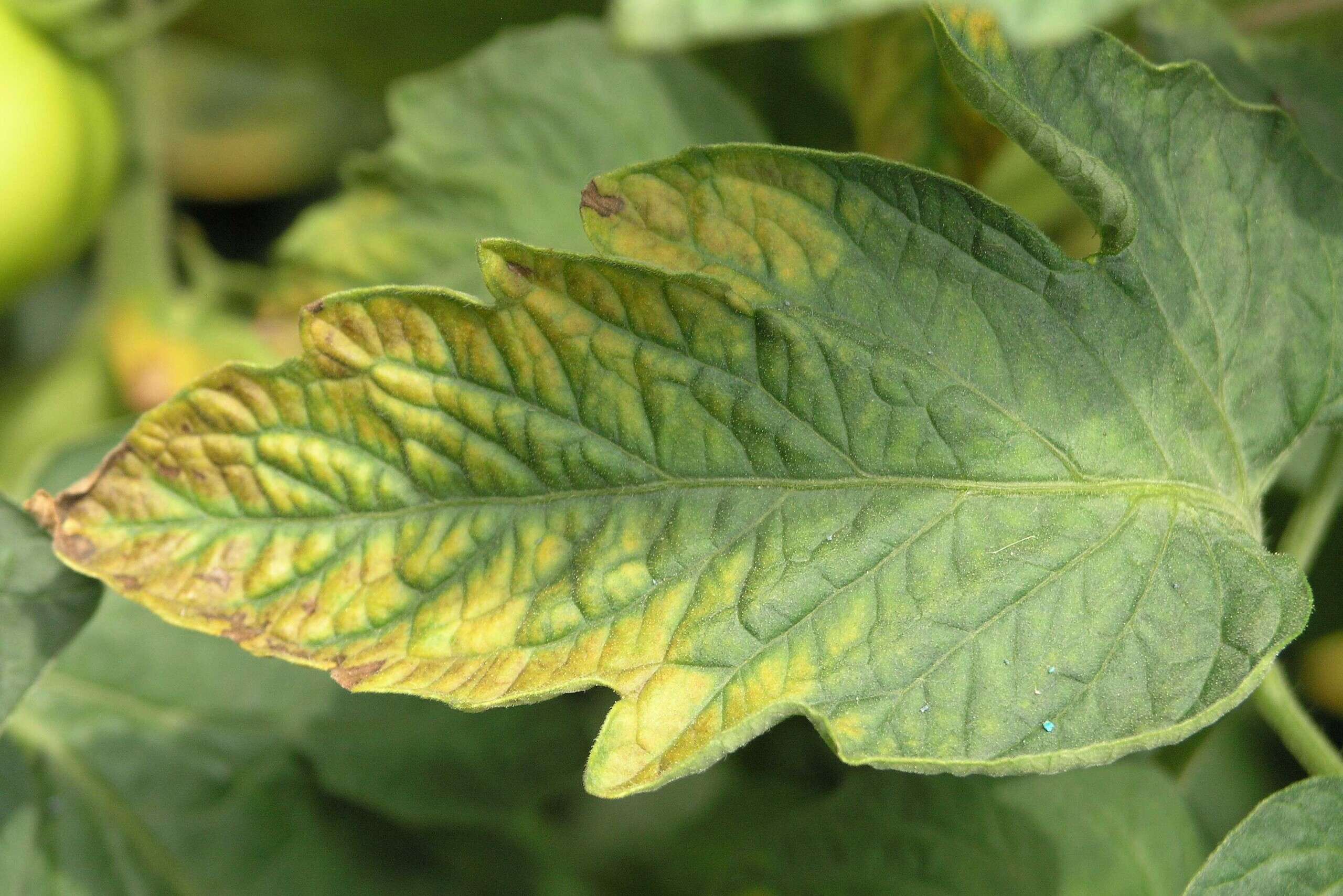
Potassium deficiency
